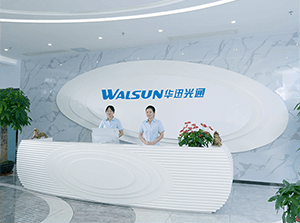PRODUCTS

- The term "SFP port" refers to a port on networking equipment, such as switches, routers, or network interface cards, that is designed to accept a Small Form-factor Pluggable (SFP) transceiver module. The capacity of an SFP port itself is not fixed; instead, it depends on the type of SFP transceiver being used and the specifications of the networking equipment.SFP transceivers come in var1325

- QSFP+ has a size of 18mm x 72mm, while QSFP28 has a size of 18mm x 84mm.QSFP+ (Quad Small Form-Factor Pluggable) and QSFP28 (Quad Small Form-Factor Pluggable 28) are both form factors for transceiver modules used in high-speed data communication. The primary difference between them lies in their maximum data rates. QSFP+ supports data rates up to 40 Gbps, while QSFP28 supports data rates up to 1001718

- QSFP (Quad Small Form-Factor Pluggable) is a compact, hot-pluggable transceiver used for high-speed data communication applications. It is commonly used in data centers, enterprise networking, and telecommunications equipment. Here are some specific areas where QSFP modules are commonly used:Data Centers: QSFP transceivers are widely used in data centers for high-speed connectivity between switche710

- The power consumption of Small Form-Factor Pluggable (SFP) transceivers can vary depending on the specific type and model of the transceiver. SFP is a compact and hot-swappable optical transceiver module used for networking and communication applications. Power consumption is typically measured in terms of electrical power in watts (W).Here are some general guidelines:SFP vs. SFP+: SFP transceiver2538

- The standard Quad Small Form-Factor Pluggable (QSFP) transceiver was initially designed to support data rates of 40 Gigabits per second (Gbps) and 100 Gbps. However, with advancements in technology and the increasing demand for higher data rates, variants of the QSFP standard have been developed to support 25 Gigabit Ethernet (25GbE).The specific variant designed for 25GbE is known as QSFP25 or QS1272


 CHS
CHS Walsun Mall
Walsun Mall










